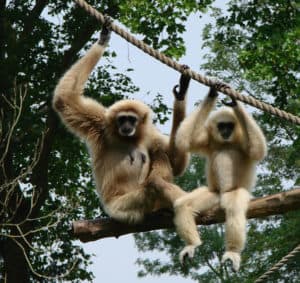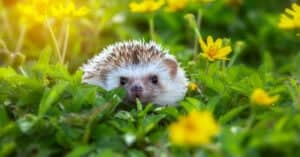Are you interested in hedgehog facts? One of the most well-known beloved characters is Sonic from the popular Sega video game. The famous hedgehog has become so loved that he’s starred in cartoons and big-screen blockbusters! But what about real hedgehogs? In the wild, hedgehogs frequently congregate close to hedgerows, hence their name. They find the perfect nesting places in complex shrubbery, which also offers protection from predators and a reliable food source. Hedgehogs frequent gardens, eating mostly insects and other pests. Let’s explore 10 incredible hedgehog facts right now!
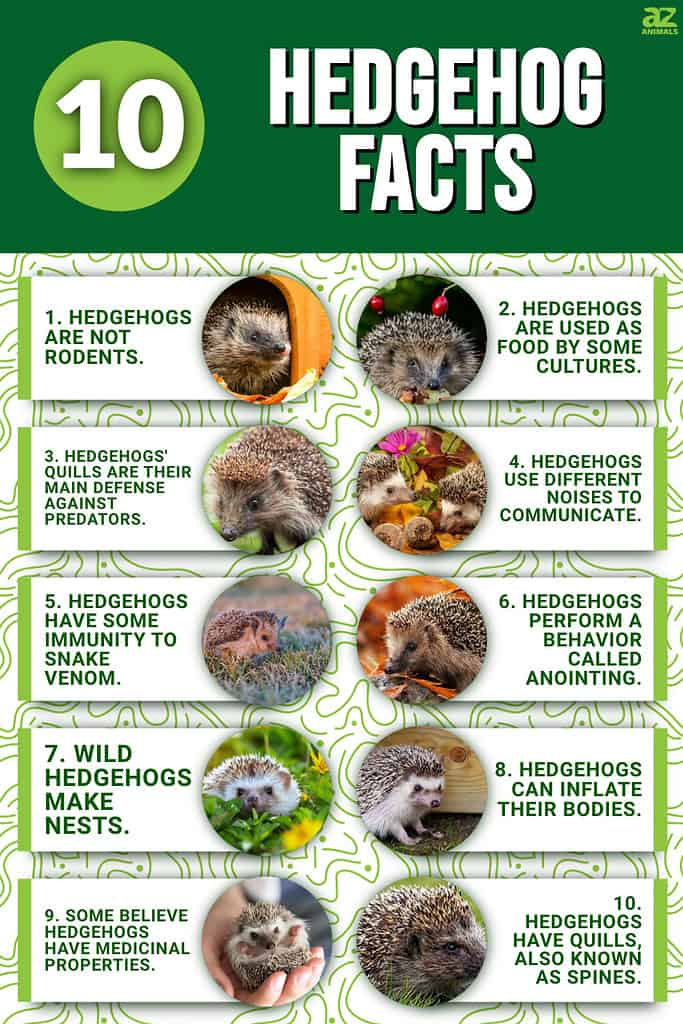
1. Hedgehogs Are Not Rodents
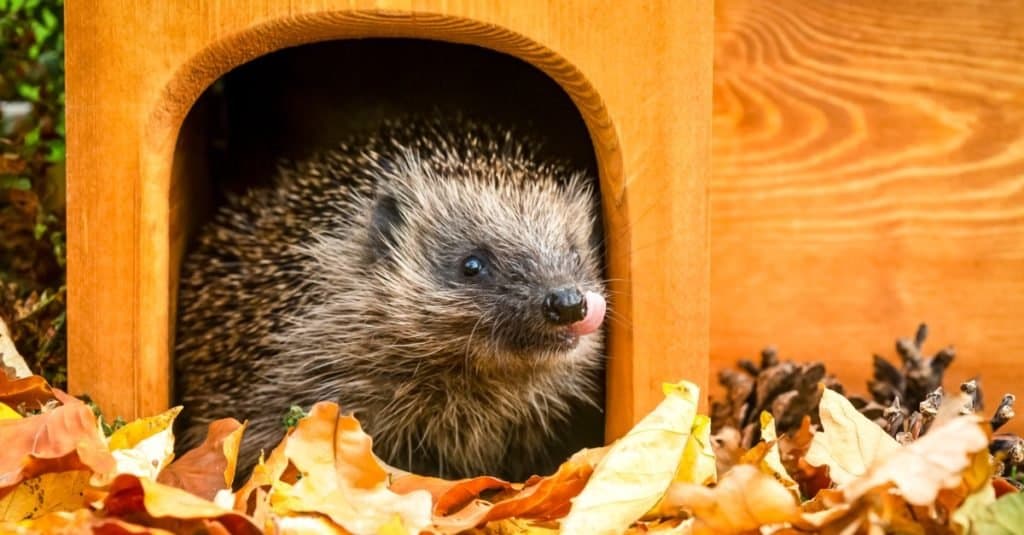
These mammals resemble moles and shrews.
©Coatesy/Shutterstock.com
Hedgehogs are frequently mistaken for porcupines, which are rodents. However, because hedgehogs belong to the mammal group Eulipotyphla, they aren’t remotely related to porcupines. Hedgehogs can have up to 44 teeth, which are not at all like those of a rodent.
2. Hedgehogs Were Once Used as Food, And in Some Cultures Still Are
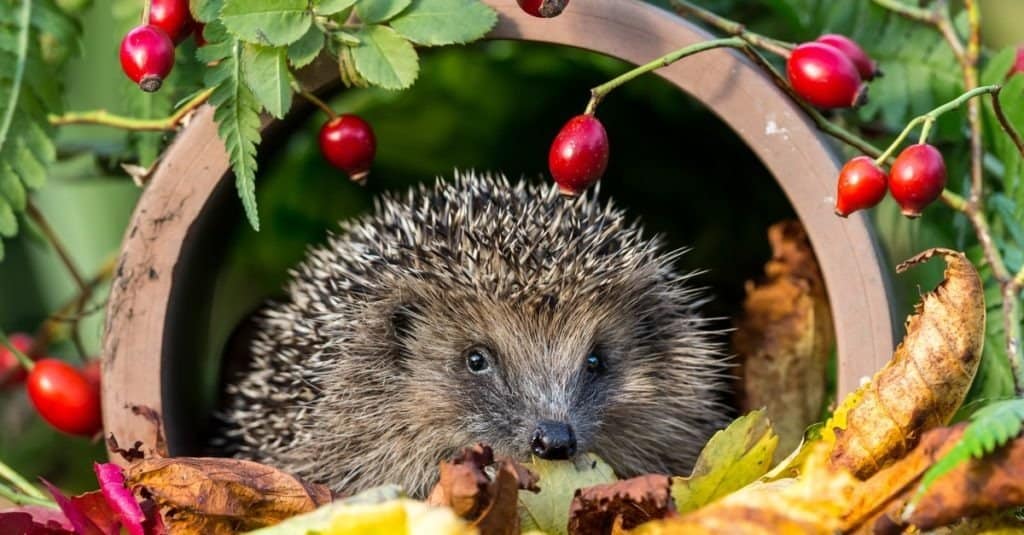
Ancient Egyptians are among those who consumed hedgehog meat.
©Coatesy/Shutterstock.com
Hedgehogs were once consumed by wandering people for food. In fact, they rolled the hogs in clay and baked them over a fire. The hair and spines would fall out once the clay was removed after cooking. People in ancient Egypt consumed hedgehog meat, and late medieval recipes also called for it. Hedgehogs are still used as food in many cultures today. They are also exchanged for traditional medicines and witchcraft in Eurasia and Africa.
3. Hedgehog Quills Are Their Primary Defense Against Predators
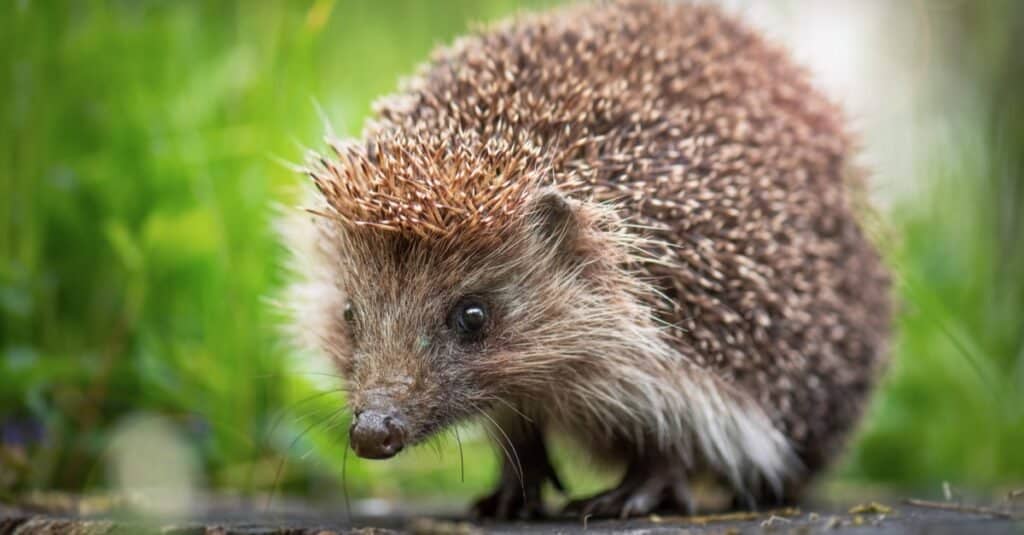
Hedgehogs will curl up into a ball and extend their quills when threatened.
©DenisNata/Shutterstock.com
When agitated, hedgehogs curl up into a ball and extend the quills lining their skin with the help of two muscles in their rear. Their spines also differentiate them in the hedgehog vs. porcupine arena. The sharp, removable quills on porcupines are much more painful than those on hedgehogs. Instead of biting, hedgehogs are significantly more likely to use their quills as a defense.
4. Hedgehogs Use Different Noises to Communicate
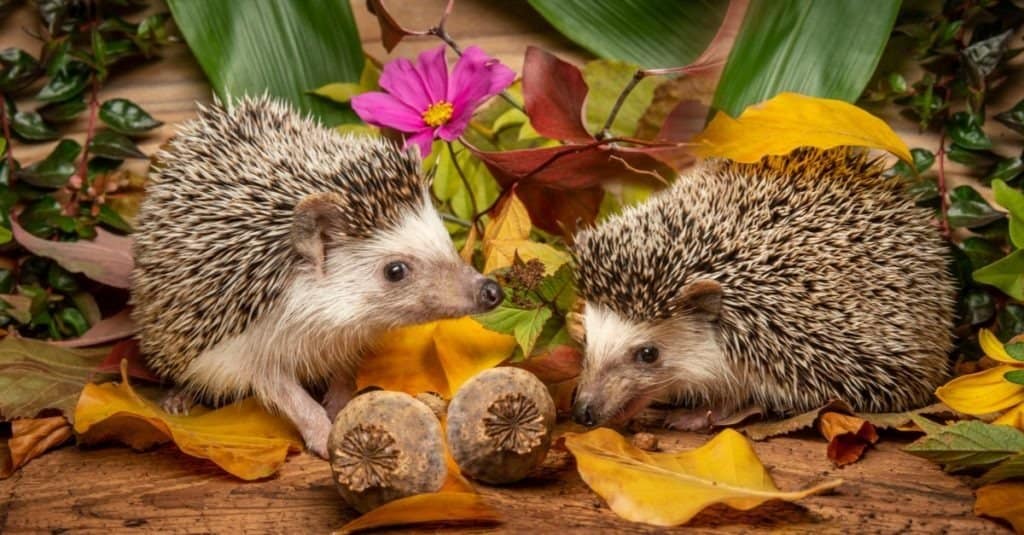
These critters typically sound like pigs when searching for food, grunting and snuffling.
©Kuttelvaserova Stuchelova/Shutterstock.com
Hedgehogs are talkative animals that produce a wide variety of noises with various meanings. They typically sound like pigs when searching for food, grunting and snuffling. They chuff like a train to entice partners during mating season. Adult hedgehogs yell, hiss, or click when they are angry, while baby hedgehogs chirp when they are hungry.
5. Hedgehogs Have Some Immunity to Snake Venom

Erinacin in the hedgehog’s muscular system allows it to tolerate more snake venom than many animals.
©Coatesy/Shutterstock.com
Hedgehogs have evolved to have greater resistance to snake venom. The protein erinacin found in the muscular system allows them to tolerate more venom, which gives them the opportunity to hunt snakes. They are not fully immune to it, though, and can still be hurt or killed if the venom is strong enough or targeted at the right area of their body, like the face.
6. Hedgehogs Perform an Act Called Anointing

A hedgehog will lick and bite at an object until it starts to foam at the mouth.
©Miroslav Hlavko/Shutterstock.com
This is perhaps our most unusual hedgehog fact: When smelling an unfamiliar object, a hedgehog will lick and bite at it until it starts to foam at the mouth. The hedgehog will then spread the foam onto its quills. This process, known as anointing, is perhaps used to cover up previous fragrances and introduce a fresh one. However, scientists haven’t yet determined the precise cause of this behavior.
7. Wild Hedgehogs Make Nests
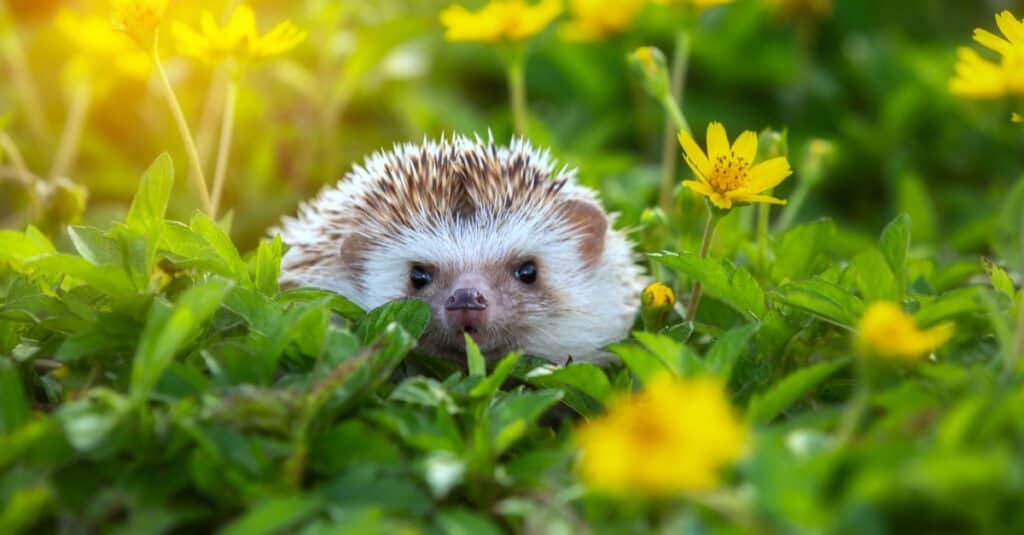
Hedgehogs’ nests are typically grass, moss, leaves, and other garden waste.
©KAMONRAT/Shutterstock.com
Hedgehogs typically construct their nests among dense bushes or at the base of hedges. Their nests of moss, grass, leaves, and other garden waste can be big. People have discovered them at the base of substantial hedges or hidden beneath bramble bushes, garden structures, or heaps of trash.
8. Hedgehogs Can Inflate Their Bodies
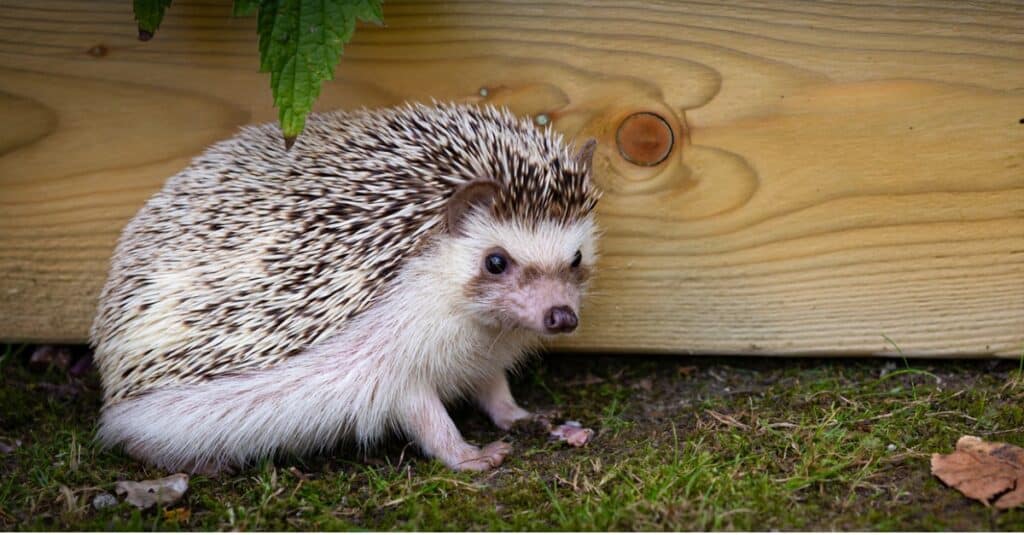
Balloon syndrome causes them to swell up to twice their size.
©HildaWeges/Shutterstock.com
Here’s a particularly interesting hedgehog fact: They are affected by a mysterious ailment known as balloon syndrome. This syndrome causes them to swell up to twice their normal size due to gas trapped under their skin. Scientists think that this phenomenon is frequently brought on by injury or infection. The elastic skin of hedgehogs, which aids in their curling, may play a role in the emergence of this condition. As treatment, veterinarians aspirate or incise the hedgehog’s back to release the gas buildup.
9. Some Cultures Believe Hedgehogs Have Medicinal Properties
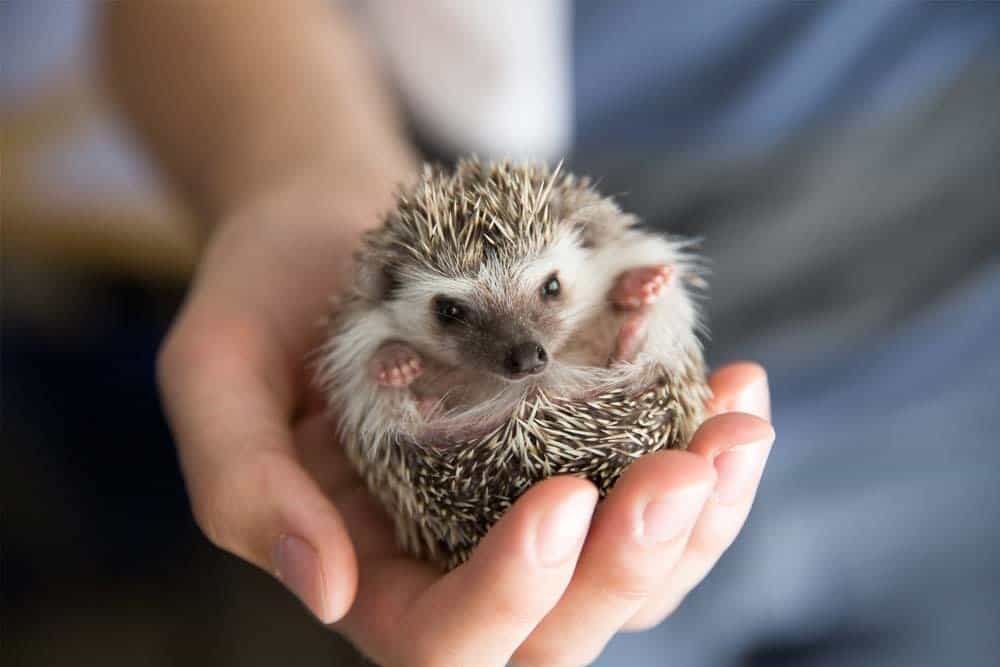
Parts of the hedgehog are medicinal in the Middle East and Morocco.
©Elijus3000/Shutterstock.com
In the Middle East, hedgehog meat is a cure-all for impotence, rheumatoid arthritis, and tuberculosis. Inhaling the smoke from burned hedgehog skin treats fever, erectile dysfunction, and urinary infections in Morocco. Here, hedgehog blood is also a treatment for skin conditions like ringworm.
10. Hedgehogs Have Quills, Also Known as Spines
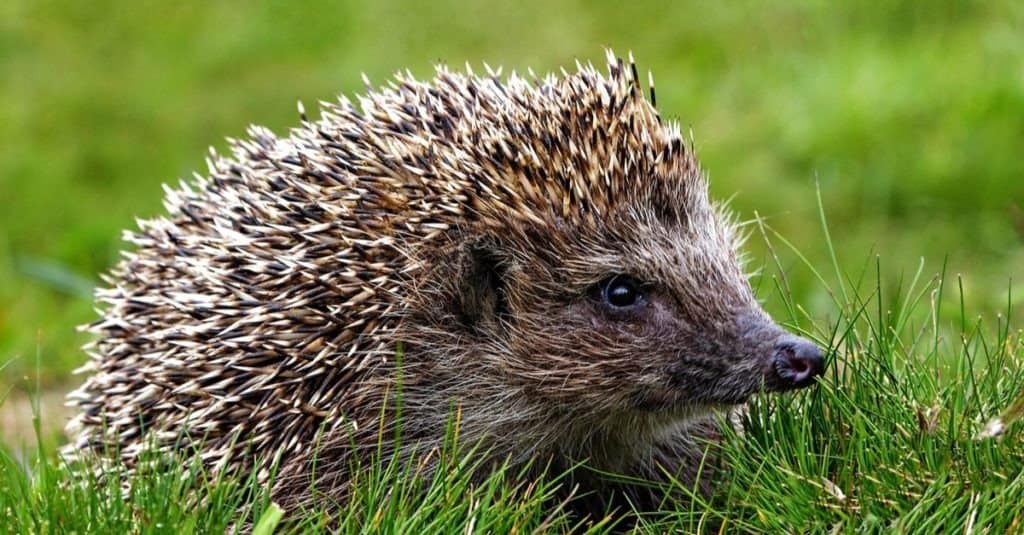
Hedgehogs’ quills contain keratin, the same substance that makes up human hair and fingernails.
©SakSa/Shutterstock.com
Most mammals have soft, flexible fur or hair. However, a hedgehog has thick quills, which are modified hairs. The same substance that makes up human hair and fingernails, keratin, is found in these quills. The spines don’t easily separate from the body, unlike the quills of a porcupine. Instead, hedgehogs employ those spines to discourage predator assaults.
To protect their face and hands while threatening predators with their quills, hedgehogs roll into a ball. However, the quantity of spines in each species varies. Desert species often have fewer spines, so when attacked, they are more inclined to flee or fight back than curl into a ball.
The photo featured at the top of this post is © Miroslav Hlavko/Shutterstock.com
Thank you for reading! Have some feedback for us? Contact the AZ Animals editorial team.




